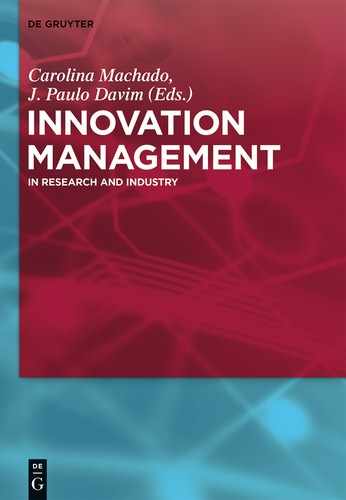Table of Contents
Also of Interest
Title Page
Copyright Page
Preface
List of contributing authors
1 The Link between Technological Focus and Innovative Capacities
Title Page
Copyright Page
Preface
List of contributing authors
1 The Link between Technological Focus and Innovative Capacities
1.2 Theory
2 Uptake Of Market ‘Induced Innovation’ by Upstream Actors in Tanzania
5 Innovation Knowledge Management Nexus
5.7 Knowledge Transformation Process
5.8 Knowledge Transformation, Collaboration and Integration for Innovation
5.8 Knowledge Transformation, Collaboration and Integration for Innovation
6 Human Capital Accounting: A Contribution to Innovation Management or a Fairy Tale?
6.1 Introduction
6.2 The Evolution of Human Capital Accounting
6.3 Call for HCA from Human Resources Management Literature
6.4 The Emergence of Intellectual Capital – New Demands Over an Old Problem
6.5 Reporting on Human Capital
6.6 Human Capital Accounting as a Challenge to Both Accounting and HRM Fields
6.7 Conclusions
Bibliography
6.2 The Evolution of Human Capital Accounting
6.3 Call for HCA from Human Resources Management Literature
6.4 The Emergence of Intellectual Capital – New Demands Over an Old Problem
6.5 Reporting on Human Capital
6.6 Human Capital Accounting as a Challenge to Both Accounting and HRM Fields
6.7 Conclusions
Bibliography
7 Beyond the 3C Model in Collaboration Platforms: A Case Study
..................Content has been hidden....................
You can't read the all page of ebook, please click here login for view all page.
